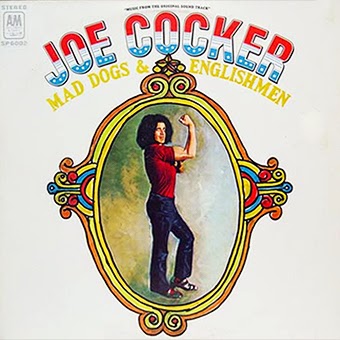Instead of managing Liberty from EMI’s flagship American brand, Capitol Records, it fell under the jurisdiction of EMI America for promotion. In addition to United Artists, Imperial, Liberty and other related labels’ catalogs released under the label, Liberty was EMI’s primary country music outlet.
Several of these artists had been previously signed with United Artists, such as Kenny Rogers, Dottie West, Cristy Lane, and the Nitty Gritty Dirt Band. While primarily a country and oldies imprint, a number of pop artists were signed to the reinvigorated label including Robbie Patton.
Having been an opening act for Fleetwood Mac, Patton was promoted as having a connection with these superstars. To further cement this connection, Christine McVie played keyboards and co-produced the “Distant Shores” album and the “Don’t Give It Up” single along with Ken Caillat and Robbie Patton. In addition, Lindsey Buckingham, Fleetwood Mac alumnus Bob Weston, and Tim Weston played guitars.
Backup vocals were supplied by McVie and another Fleetwood Mac alumnus – Bob Welch. Welch and McVie were also joined on backup vocals by Robin Sylvester who played bass on the track and by David Adelstein who also played keyboards. Although not on this particular recording, Stevie Nicks lent her vocals to another track.
While never a major success, Patton’s “Don’t Give it Up” charted in 1981 at #26 on the Hot 100 and #41 on adult contemporary chart. The song was co-written by Patton and Adelstein.

























